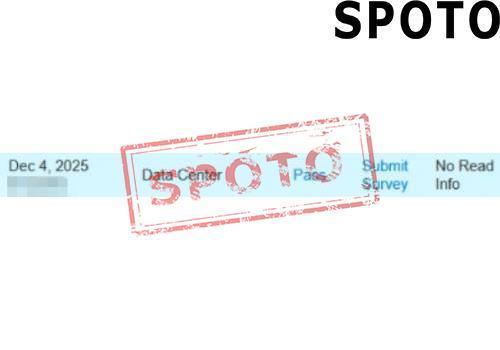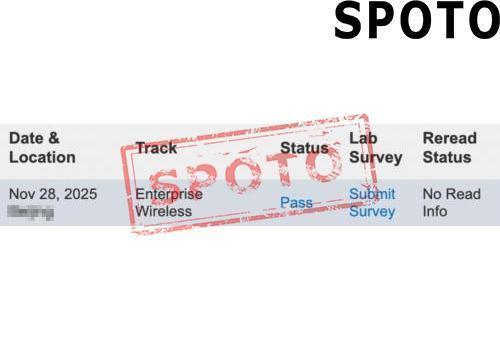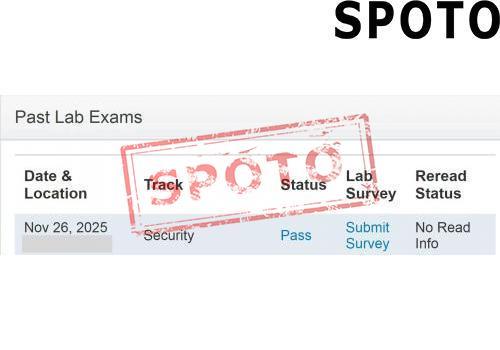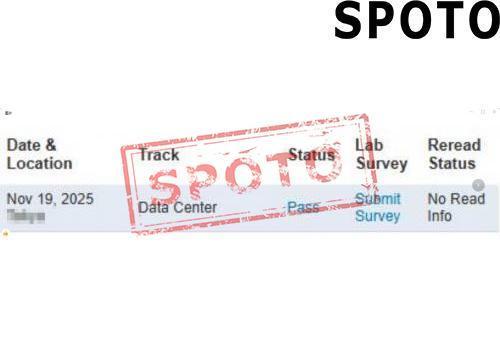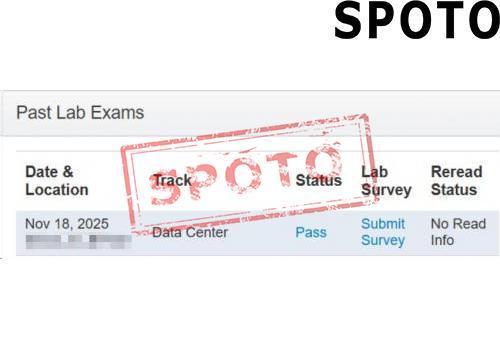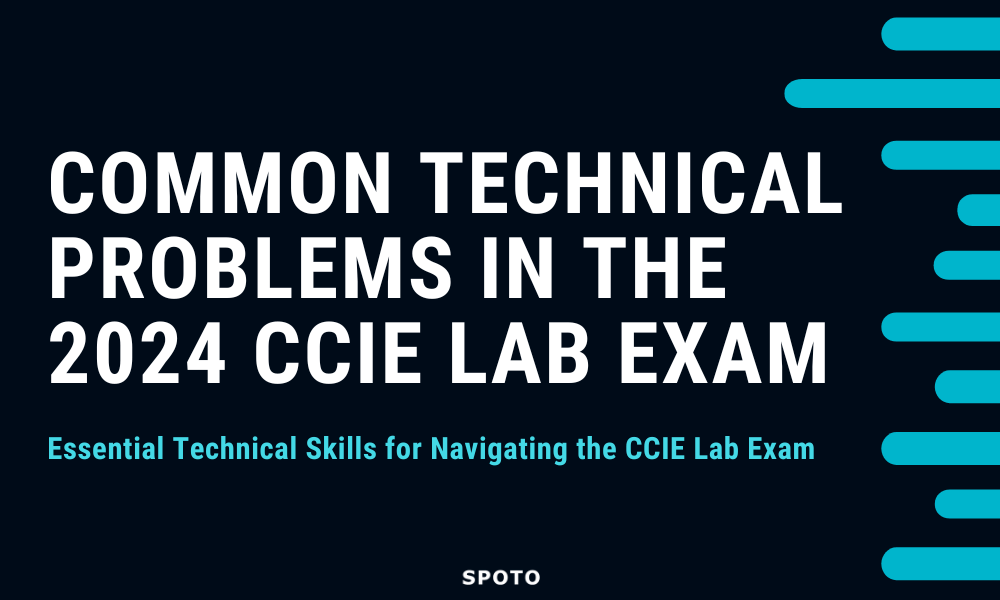
Table of Contents
The Cisco Certified Internetwork Expert (CCIE) certification stands as the pinnacle of network engineering achievement. This prestigious credential demonstrates an individual's advanced skills in design, operations, and troubleshooting, recognized globally as a premier qualification.
The CCIE certification journey culminates in the CCIE Lab exam, a critical milestone that directly assesses a candidate's practical abilities and problem-solving skills. As network technologies evolve and enterprise demands rise, the CCIE certification has become increasingly challenging.
The CCIE Lab exam focuses on the candidate's practical aptitude, requiring the completion of intricate network configuration and troubleshooting tasks within a limited timeframe. This guide delves into the common technical issues encountered, drawing from past exam questions, expert insights, and test-takers' experiences.
CCIE Lab Exam Overview
The Cisco Certified Internetwork Expert (CCIE) Lab exam is a prestigious, hands-on assessment that evaluates a candidate's practical expertise in network engineering. This comprehensive exam typically consists of two main components:
1. Design Section:
- Duration: 3 hours
- In this section, candidates are required to analyze a given network requirement and design an architecture that effectively addresses those needs. The focus is on demonstrating the ability to conceptualize and plan a network solution.
2. Deploy, Operate, and Optimize (DOO) Section:
- Duration: 5 hours
- The second part of the exam tests the candidate's ability to configure network equipment according to the design requirements, as well as make necessary adjustments and optimizations. This section examines the practical implementation and troubleshooting skills of the candidate.
The total duration of the CCIE Lab exam is generally 8 hours, with the time allocation divided between the Design and DOO sections. This challenging exam assesses the candidate's comprehensive understanding of network design, deployment, operations, and optimization, ensuring that successful individuals possess the advanced skills and knowledge required to excel as Cisco network experts.
Purpose and Assessment Approach of the CCIE Lab Exam
The CCIE Lab exam serves a crucial purpose: to validate a candidate's ability to plan, design, operate, and optimize complex network environments. This practical, hands-on test format is a direct reflection of the candidate's real-world skills and problem-solving expertise.
By simulating realistic networking scenarios, the CCIE Lab exam requires candidates to demonstrate the depth and breadth of their technical proficiency. This includes, but is not limited to, their knowledge of routing, switching, security, virtualization, automation, and programming.
Candidates are required to complete all the tasks within the allotted time, which not only tests their technical skills but also their time management and ability to work under pressure. Passing this challenging exam allows candidates to showcase to employers and peers that they possess the professional-level skills and expertise required of a Cisco Certified Internetwork Expert.
The CCIE Lab exam's assessment approach is designed to go beyond theoretical knowledge, challenging candidates to apply their skills in a practical, performance-based setting. This ensures that successful individuals have the comprehensive competencies needed to excel as leading network professionals in the industry.
Frequently Asked Questions on the CCIE Lab Exam
1. What is the main function of a stub area in OSPF?
- The primary function of a stub area is to reduce the number of routing table entries by limiting the type of route advertisements allowed to pass through it. It restricts Type-4, Type-5, and Type-7 LSAs from entering the stub area.
2. What can cause routing loops in OSPF networks?
- OSPF is designed to prevent loops within the autonomous system. However, routing loops can occur if routes are incorrectly redistributed between OSPF and other routing protocols. Cisco routers may also create loops in specific cases related to route redistribution.
3. What should I do if the console connection to a device is unsuccessful during the exam?
- First, verify the physical connection to the device. Understand the difference between the console port and the VTY (virtual terminal) port, and ensure you are connecting to the correct port.
4. Why do some features require a "disable and enable" sequence to take effect after configuration?
- Certain features, such as many CUCM (Cisco Unified Communications Manager) features in the Voice exam, may require this "disable and enable" sequence to apply the configuration changes properly.
5. Why is the extended ping command recommended?
- The extended ping command provides additional parameters and options, allowing network engineers to troubleshoot connectivity issues more effectively. Proficiency in using various ping command options is a valuable skill for CCIE candidates.
6. Should I strictly follow the specified names and numbers in the question requirements?
- Yes, you must read the question requirements carefully and adhere to the specified names and numbers. Do not configure them arbitrarily, as the exam scoring may depend on the precise use of the provided details.
7. What resources are available during the CCIE Lab exam?
- You will be provided with a tablet and pen for notes, but no calculator or physical scratch paper will be allowed. The tablet can be used to make erasable notes.
8. Can I go back to previous questions during the exam?
- In the mock test, you can go back to review and modify your answers to previous questions. However, in the actual CCIE Lab exam, you cannot go back to previous questions once you have moved on.
9. What are the key points to remember when taking the CCIE Lab exam?
- Arrive at the test venue early, listen carefully to the examiner's instructions, read the question requirements thoroughly, practice using the extended ping command, and be aware of the difference between the console and VTY ports.
Expert Tips and Strategies for Acing the CCIE Lab Exam
Exam Time Management:
- CCIE Lab exams are typically 8 hours long, with 3 hours allocated for the Design section and 5 hours for the Deploy, Operate, and Optimize (DOO) section.
- Familiarize yourself with the exam process and time allocation before the test to make effective use of the available time.
Attention to Exam Requirements:
- Read the questions carefully to ensure you understand all the details and specifications required.
- Pay close attention to the provided instructions, as missing even minor details can result in lost marks.
Avoiding Common Mistakes:
- Be vigilant in the configuration process to minimize typographical errors.
- Demonstrate a solid understanding of the different configuration commands and their roles.
- Avoid wasting time on unnecessary or irrelevant configurations.
Simulated Exam Environment:
- Utilize SPOTO's cloud-based platform, which provides a virtual exam environment without the need for physical equipment.
- Practice with the SPOTO's virtual racks for Routing and Switching (RS) experiment exercises, as well as the physical racks for SDN, programming, and DOO preparation.
Comprehensive Preparation:
- Ensure a deep understanding of the relevant theoretical knowledge, as it forms the foundation for the DOO section.
- Familiarize yourself with the exam content and question types through practice exams and hands-on exercises.
- Conduct focused version sprint practice towards the end to master the latest exam requirements.
Mindset and Approach:
- Maintain a calm and composed demeanor during the exam, even when encountering unfamiliar problems.
- Approach the exam with a positive attitude, believing in your preparation efforts.
- Ensure you are well-rested and have the necessary energy on the day of the exam.
Other Valuable Suggestions:
- Develop backup plans or alternative solutions in case of unexpected situations during the exam.
- Determine an effective exam strategy, such as completing the sections you are most confident in first.

